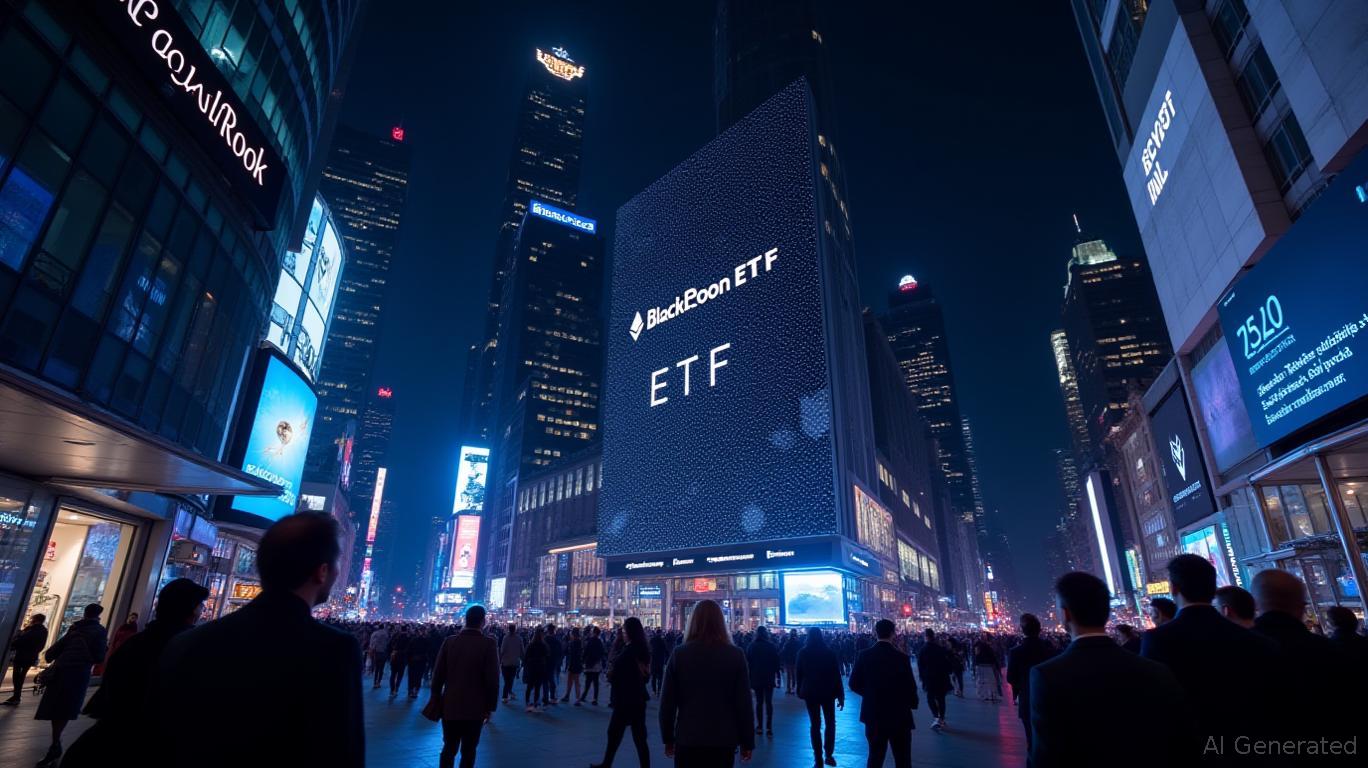Seagate's Q3 Earnings Preview: Strong Numbers Ahead, But Tariff Cloud Lingers

As Seagate Technology (STX) prepares to report fiscal Q3 2025 earnings on April 22, investors are bracing for robust financial results driven by surging demand for storage solutions in AI and enterprise computing. Yet, lingering tariff uncertainties between the U.S. and China threaten to overshadow the optimism. While recent exemptions for storage hardware components provide temporary relief, the path forward remains fraught with geopolitical risks that could disrupt supply chains and erode profit margins.
Earnings Outlook: Momentum Meets Caution
Analysts project Seagate’s Q3 EPS to jump 794% year-over-year to $1.52, building on its Q2 beat of $2.03 EPS and revenue of $2.3 billion. The company’s guidance for Q3—revenue between $1.95 billion to $2.25 billion and EPS between $1.50 to $1.90—reflects strong tailwinds from AI-driven data storage demand. Enterprises are upgrading infrastructure to handle exponential data growth, while cloud providers and hyperscalers continue to invest in high-capacity HDDs and SSDs.
Despite this momentum, STX’s stock has declined 23.7% over the past year, underscoring investor skepticism about long-term risks. The disconnect between earnings strength and share price suggests markets are pricing in supply chain volatility and trade policy uncertainty.
Tariff Dynamics: A Fragile Shield
Recent U.S. tariff updates offer Seagate a reprieve but no guarantees. On April 5, 2025, the White House exempted solid-state non-volatile storage devices (SSDs) under HTSUS code 8523.51.00 from reciprocal tariffs up to 145%, retroactively shielding Seagate’s critical components from immediate cost shocks. Importers must now classify these products under 9903.01.32 to claim exemptions, a procedural hurdle that, if navigated correctly, could stabilize input costs.
However, the reprieve is provisional. The administration has signaled plans to investigate tariffs on semiconductors and pharmaceuticals through national security reviews, potentially reigniting tensions. Meanwhile, China’s retaliatory 125% tariffs on U.S. goods and the 20% “Fentanyl Tariffs” remain in place, complicating global logistics.

To mitigate risks, Seagate and peers like Western Digital are accelerating production shifts to Vietnam, Thailand, and India. HP’s goal to source 90% of U.S.-bound products outside China by late 2025 highlights the broader tech sector’s urgency. Yet, relocating complex storage manufacturing poses challenges: these regions lack China’s scale and infrastructure, risking delays and quality control issues.
Strategic Moves: Diversification and Innovation
Seagate’s acquisition of Intevac in 2024 underscored its focus on vertical integration, boosting its ability to control SSD production and reduce reliance on external suppliers. This strategic play aligns with broader industry trends toward “onshoring” critical components, though it requires significant capital expenditure.
Additionally, the company’s pivot toward AI and enterprise storage—where margins are higher than in consumer markets—positions it to capitalize on secular trends. The $10.70 EPS forecast for fiscal 2026 assumes sustained demand for high-end solutions, but this hinges on stable supply chains.
Investment Considerations: Hesitant Buy, Wait for Clarity
While Seagate’s fundamentals are compelling, the investment case remains cautious. Analysts’ “Moderate Buy” rating and a $118.23 price target (a 72% premium to current levels) reflect hope for resolution in trade tensions. However, three factors warrant caution:
- Tariff Volatility: The White House’s inconsistent trade policies—such as the 90-day tariff pause on Mexico/Canada—signal a lack of long-term strategy. Until exemptions are codified or a truce with China is reached, supply chain disruptions and cost pressures remain risks.
- Competitive Dynamics: Western Digital and cloud giants like Amazon (AWS) are intensifying competition in enterprise storage. Seagate must maintain R&D investment to stay ahead.
- Geopolitical Spillover: Maersk’s warnings of “massive restructuring” in shipping routes and potential freight spikes could further squeeze margins.
Conclusion: Proceed with Eyes Wide Open
Seagate’s Q3 earnings are likely to impress, but investors should tread carefully. The company’s ability to navigate tariff uncertainty and capitalize on AI-driven demand will determine its trajectory. While the $118.23 price target suggests upside potential, the current 23.7% year-to-date decline and the administration’s hawkish stance on trade imply a wait-and-see approach.
Investors might consider a staged entry post-earnings, focusing on management’s commentary on supply chain resilience and tariff exposure. Until clarity emerges, Seagate remains a “hold” for most portfolios, with upside contingent on geopolitical de-escalation and sustained enterprise demand.
The path forward for STX is a tightrope walk between technological innovation and geopolitical turbulence. For now, the storm cloud looms large.



_23f7f7eb1749627884277.png)





